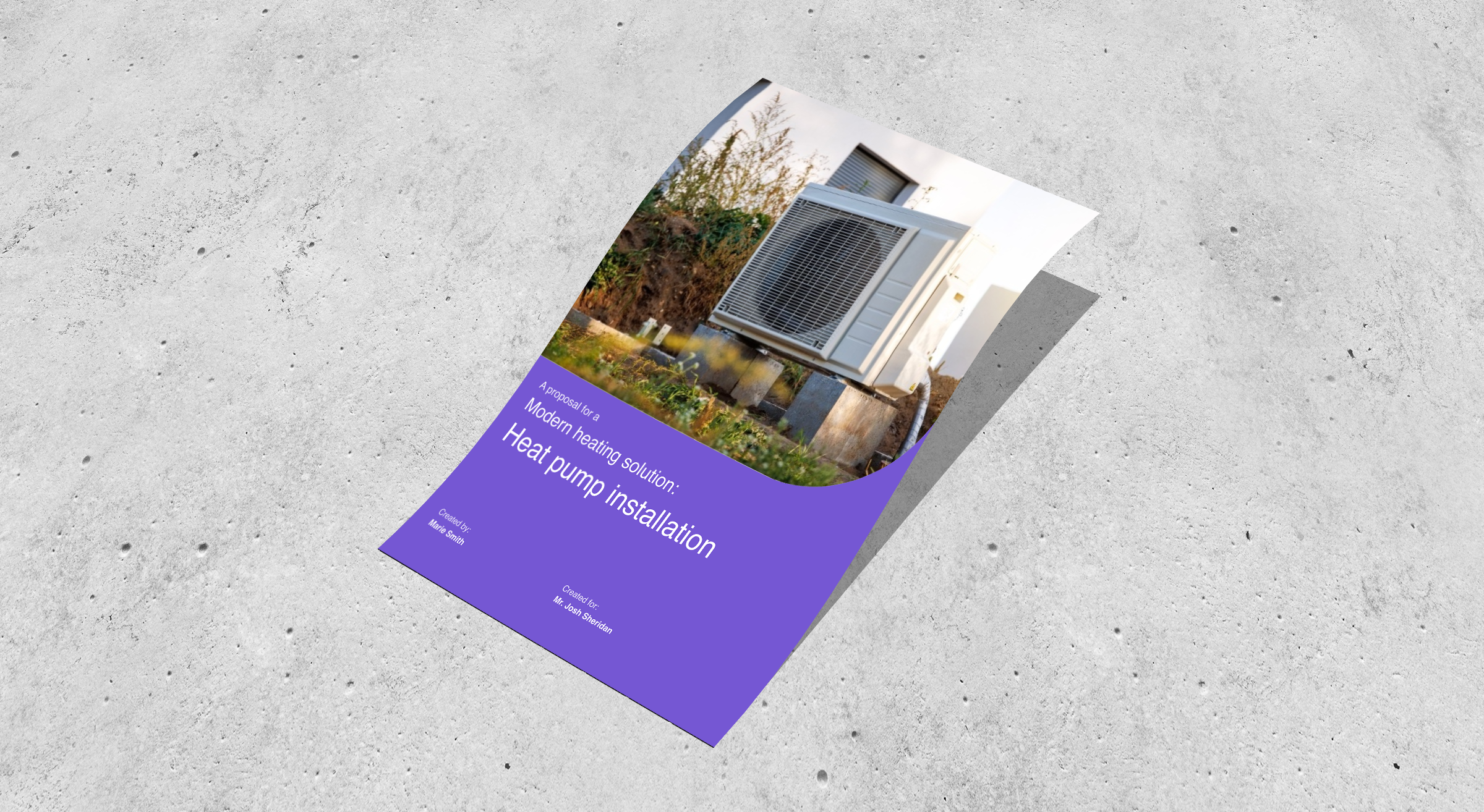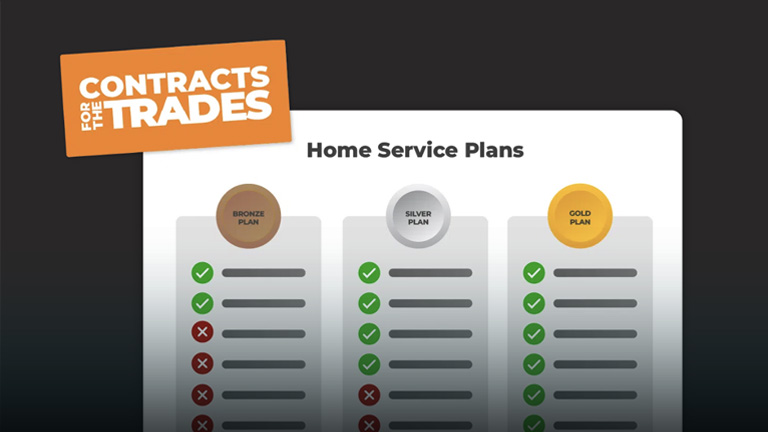How to Keep Employees From Quitting in 5 Steps
November 2, 2021 | Read: 10 minutes

Hiring good employees is a challenge for any business, but retaining them is difficult, too: so let’s explore 5 steps to keep your employees from quitting.
For field services, in particular, there’s an added level of stress that comes with retaining staff.
After all, it’s no secret that the industry struggles with hiring enough new employees and this skills shortage can make holding onto existing staff difficult.
“[Experienced engineers] are leaving and are not being replaced fast enough by Millennials.”
Field Technologies Online
Here, we’re taking a look at how to keep employees from quitting their jobs—and from leaving the industry altogether!
There are more than a few things your business can do to keep employees from quitting and even encourage new people to join:

1. Create a staff retention plan to keep employees from quitting
No doubt you created a recruitment plan for hiring new employees.
In it, you likely outlined a number of specific steps to help ease them in, including:
- details in the job listing itself,
- training they’d need to undertake,
- equipment they require to do their job
What too few businesses have, though, is a recruitment and retention plan that’s designed to help keep them keep their employees around.
Once they get an employee on board, too many leave them to run on autopilot and expect staff to work tirelessly, with only coffee and money for motivation.
Sure, the initial excitement of a new role can keep them going, but as they settle into their routines and learn the ropes, your employees will need more to incentivise them to work hard and stay long-term.
That’s where having a written employee retention plan comes in handy. It can make a huge difference in your efforts to keep employees from quitting.
After all, as Workable reports, there’s a literal cost to losing an employee:
“Each employee replacement costs about 6 to 9 months’ salary, considering recruiting, onboarding and training.”
The benefits of having an employee retention plan:
- are both financially and mentally beneficial! Losing a senior, experienced employee can negatively impact the productivity of the team who stay. What’s more, there can be a knock-on effect: others may be tempted to look elsewhere and start comparing their current job to what’s on the market.
- demonstrate your commitment to your employees. It’s something that can be physically shared with senior managers and staff to ensure that, collectively, everyone is on the same page and can take the right action when it’s needed.
- gives the concept of staff retention more weight, making it something to think about in advance and prepare for, rather than leave you scrambling last minute when someone does move on.
With a plan, everyone can collectively strive towards making your business a fantastic place to work. Then, when concerns do arise, there’s time and space to take action and follow through with specific steps that will help to keep employees from quitting.
How do you write an employee retention plan?
In your plan, you might detail how your business will recognise and reward employees for exceptional work. You might also make it clear how promotions work.
When someone does raise concerns, the plan could feature a series of questions and activities that help. That could include checking in with the employee as to why they’re dissatisfied, or identify pressure points that could be impacting your employee’s productivity.
After all, it’s only by asking “for frequent feedback [can you] make sure that these opportunities are perceived as being relevant and useful” for your staff, too.
Achievers
With this sort of feedback loop in place, you stand a much better chance of effectively tackling and preventing the problem of employees from quitting.
Below, you’ll find a variety of ideas you can implement to help build out your own retention strategy; it’s a great way to answer the question: “How do I stop employees from quitting?”
2. Have an open discussion with your employees
If you want to keep your employees from quitting, then you need to communicate with them.
“Study after study confirms that people have a deep desire to feel they’re succeeding and that their talents and capabilities are being used in a way that makes a difference to the business.
“When people sense their actions are fulfilling this desire, they begin to develop a sense of belonging and a feeling that your company is their company”.
Entrepreneur
Creating an environment that encourages communication and workplace collaboration is a sure-fire way to help your engineers and staff feel better connected and valued.
When employees feel genuinely valued, they’re far less likely to consider quitting. A great way to do this is by:
- Highlighting the company’s successes
- Showing what direction it’s headed in
- Sharing details about failures and lessons learned
By doing this, you’re creating an atmosphere that’s more inclusive and honest.
This is a great way for everyone to see what’s happening and feel involved, ensuring they feel as though they’ve contributed to the success and are committed to fixing the failures.
Creating a more open dialogue is as easy as sharing a simple report that shows staff:
- The number of jobs they’re doing per week
- Who’s got the best driving record
- Feedback (written and verbal) from your customers.
- The success of recent sales activities.
- Recent sales performance.
There’s no need to go into excessive detail, but what you don’t want is to have employees who feel siloed and lonely, or like they’re not making an impact. By sharing information, you’re less likely to isolate them, which can be a driving force for staff wanting to quit.
In addition, instead of offering up feedback at random times, or only at annual performance reviews (if you don’t do these, it’s worth considering), then finding a way to share concrete results with your staff on a regular basis could still boost an individual employee’s motivation.
The Harvard Business Review makes it clear that even if employees don’t need all of the information above, being able to see a summary will help them feel engaged and motivated.
Job management software can help you better connect with your employees, amongst many other things, so if you’re using this digital tool, make sure you’re making the most of it to manage your team.
3. Ask for your employee’s opinions
If you’re wondering how to keep employees from quitting, it’s important to go to the source. Speak to them and let them share their ideas and opinions.
Your engineers, for instance, deal with customers directly. This makes them, more than any other member of staff, best suited to give feedback that can improve how your business interacts with them in the field.
If they can share their experiences and see you considering their suggestions, they’ll feel more valued and become more invested in their work.
Of course, not everyone will want to be the centre of attention when it comes to giving feedback—say, in a team meeting—so it can help to offer staff a variety of ways to give their views, including privately.
For instance, you might create a monthly report that gives everyone a simple but informative overview of the company performance, or have a meeting that does the same.
However you share information, be sure to highlight insights from your staff—anonymously, if preferred—and acknowledge that management is listening to feedback.
By providing a variety of ways to update and communicate with your staff, you can help everyone to feel more included.
4. Provide valuable training opportunities to keep employees from quitting
If you want to keep employees around, you need to provide them with opportunities. That means upskilling, training, and helping them develop their career. essential to employee retention.
It’s all about fostering employee motivation, and giving them reasons to want to stay.
If no one steps up to make an employee feel comfortable in their new role, chances are they won’t last long.
Of course, when it comes to training, it should be with a “start as you mean to go on” mentality. That’s especially true of field services, where new technologies and tools play a significant role in assisting engineers, every day.
If it’s clear from day one that training employees is something you’re focusing on, you’re well on your way to creating a strong rapport. That’s especially if they’re teaming up or being taken under the wing of a more experienced engineer. Once you earn their trust, now you need to maintain it.
There’s a difference between being independent and having to always fend for themselves. Nothing will make staff feel like they’re stagnating than leaving them to repeat the same things over and over.
Providing staff with training when they need it will show you’re actively switched on to growing their skills and responsibilities.
Whether it’s with a new update to the job management software you’re using, new tools, or soft skills training you should offer a wide variety of training and learning opportunities. Staff will feel energized, engaged, and continue to work at their best.
Encourage staff to share knowledge that will benefit new employees and help them get a headstart on establishing good working relationships, which will also help seasoned employees feel like their own knowledge and experience has valuable (which it does)!
5. Make and effort to create a positive workplace
A lot of what we’ve mentioned above will contribute to creating a workplace that feels good to work in. Inclusivity, knowledge, training: these all make for an engaging environment. Of course, it never hurts to have a bit of fun, too!
Employees will need to have a break, particularly between busy shifts, and especially if they’re carrying out detailed work that requires a lot of energy and focus. If they can’t unwind, they can’t refuel and energise themselves and that can seriously impact positive customer experiences. No one wants to work with an irritable engineer, right?
It’s important, then, to break up the days that are full of hard work, deadlines, and customer hassles. Integrating little extras into the work environment will keep your staff motivated and happy, and can save them from the brink of burnout after an especially difficult week.
Simple things make a big difference. Snacks, good coffee, and little surprises can be… well, surprisingly impactful. You might scoff at the idea that inexpensive perks—or no-cost surprises like a written thank you—will actually motivate your employees, but it’s often the little things that make the greatest impact.
Showing gratitude, giving congratulations, and general appreciation are highly valued, often more than financial bonuses! They’re what make employees feel good about where and who they work with.
Here’s how to keep employees from quitting:
With all that in place, you’re far more likely not only to hire the right employees that fit your business but will create an environment that encourages them to stay.
Not only that but by equipping them with the right tools, you’ll help them to deliver great work and improve the way they interact with customers.
Speaking of which, we’ve a useful resource that you can check over:









